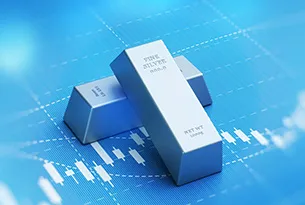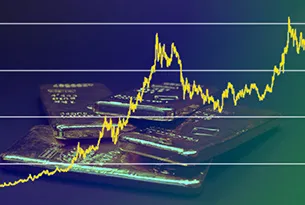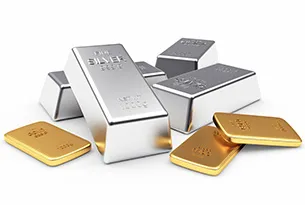Some of these nations have gotten more attention than others for their big moves recently, but each has a good ETF opportunity to join the upward surge, says The Global Guru's Nick Vardy in this exclusive interview with MoneyShow.com.
Nick, give us your top three global markets today and what you think of them.
Well, it is interesting. A lot of global markets really broke out to the upside recently.
People have been focusing on the S&P 500 here in the US, and about whether it's going to eventually break through key resistance levels. Well that has actually happened already a little out of global markets, and let me just highlight three markets that I think are going to do well.
The first set of markets is actually in Europe, Europe’s periphery—and it is not Ireland, or Portugal, or Greece, or any of those peripheral markets, but the Nordic markets. The Nordic markets are actually among the best performing markets in the world over the past 18 months.
They are quite a particular set of markets. They comprise Sweden, Norway, Denmark, and Finland. You’ve got about 24 million people there, and they have got a combined GDP of about $1.5 trillion. To give you an idea of how wealthy that is, if the average GDP in the US were as wealthy as it is in the Nordics, we would have an economy of about $20 trillion, not about $14.5 trillion.
The Nordic markets are also characterized by a number of global brands; you have heard of Volvo, you have heard of Ikea, you have perhaps heard of Novo-Nordisk (NVO). There are a lot of global companies in those regions.
The advantage that they have over the other European peripheral markets is that they have their own currencies, with the exception of Denmark—which has essentially kept its own currency, but linked it to the euro. They all have independent monetary policies, and the Central Bank of Sweden was actually the first bank in the world to start raising interest rates a little more than 12 months ago to slow down its economy.
Norway is the luckiest country in the world. They are the third biggest oil exporter after Russia and Saudi Arabia, and they have the second-largest sovereign-wealth fund in the world.
For only a population of 4.2 million people, it is one of the wealthiest countries in the world. Its per-capita GDP is the second only in the world to Luxembourg, a tiny little principality in the center of Europe. [According to one IMF measure, this is true; it's certainly at the top with other, much smaller nations like Qatar, Liechtenstein, and Monaco—Editor.]
So there are a lot of good things about the Nordic markets, and that has really been reflected in their performance of their stock markets. The best way you can play this as an US investor is through exchange traded funds, such as the Global X FTSE Nordic 30 ETF (GXF).
Moving on to my other two favorite markets just quickly, both are in Asia. One of them is Indonesia, and the investment vehicle is the Market Vectors Indonesia ETF (IDX).
Indonesia is the third-largest democracy in the world; it has a population of about 240 million people. Economic growth rates are well over 6.2%; its currency is now at a near-record high against the US dollar.
It was kind of the bad boy of Asia up until recently, but thanks to some economic reforms that have been introduced over the last five or six years, it has really become one of the hottest markets in the world.
Over the years of 2009 and 2010, it was the best performing market in the world, up by about 170%. After a bit of a drop back in December and January, it has kind of resumed its upward trend recently.
Finally, I want to highlight South Korea, and the iShares MSCI South Korea ETF (EWY). South Korean is one of the most dynamic economies in the world.
What is particularly interesting about this particular ETF is that about one-fourth of it is actually one company—Samsung, a company we are all familiar with.
Samsung, unlike a lot of other major companies, does not have an ADR, so it is not listed directly on the US Exchanges. But at the same time, it is considered to be kind of the Apple of Asia, and it has a tremendous amount of market share. And across a wide range of electronics, including Galaxy phones, televisions, and all sorts of other industries.
With Korea seeing an economic growth rate of about 5.6%, a relatively stable macroeconomic situation, and as some of the leading companies in the world in electronics fear Samsung, LG, and others, it is really one of my top picks in the world as well.



































